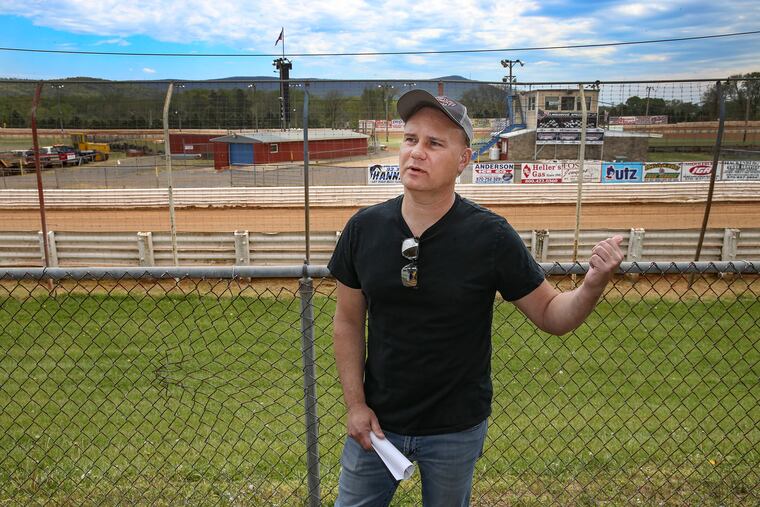Pennsylvania racetracks idling, wondering whether COVID-19 restrictions will empty tanks
Small dirt race tracks are part of life in rural America. In Snyder County, one race track is partially owned by a local fire department.

Small dirt race tracks are part of life in rural America. In Snyder County, one race track is partially owned by a local fire department.
